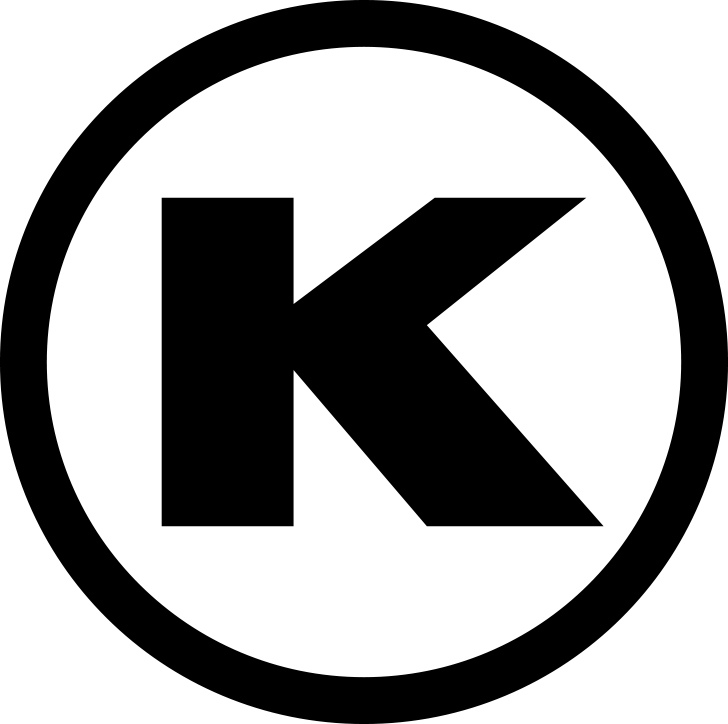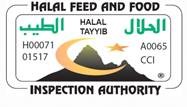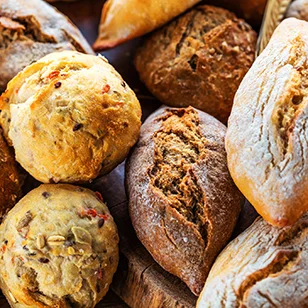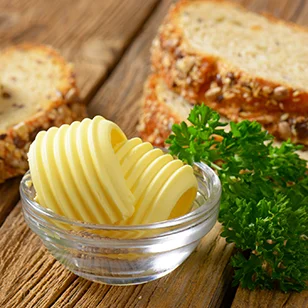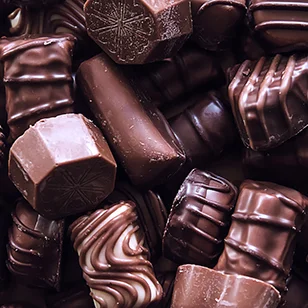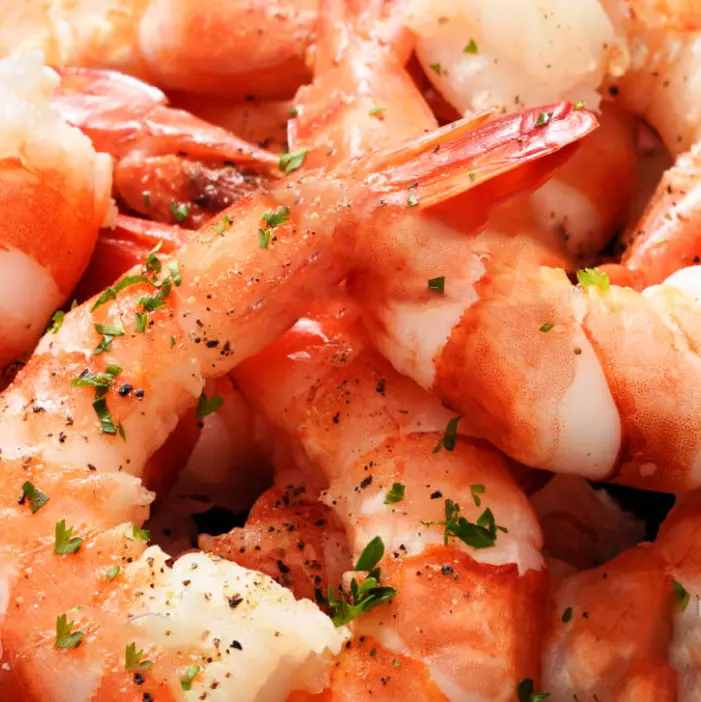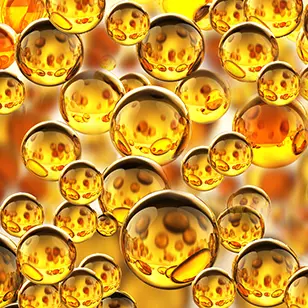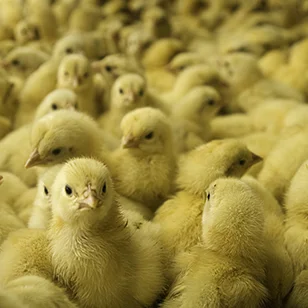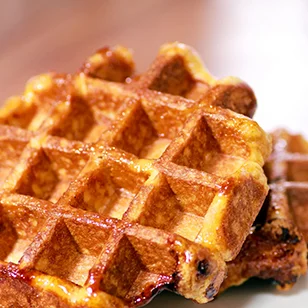Applications
Poultry

Imagine that you need an ingredient for animal nutrition which is highly potent in energy value, on the level with fats and oils. Then you also need another ingredient which will bind these fats and oils with water. Then it would be great to have an ingredient which could also bring nutritional value, and help improve many processes in your growing animals. We will also need an ingredient which will help absorb Vitamins and Minerals which will be added. It would also be great for these ingredients to be natural and not synthetic. And it would also help if they could be cost effective and easy to source. Yeah - and it would be perfect if it could all be one ingredient and not many. No problem – it is Lecithin.
Lecithin is widely used for decades in feed applications thanks to its technological and physiological properties. Phospholipids are the core ingredients of all lecithins. The functionality of the lecithin is based on the essence and quality of the phospholipids.
Fatty acids chain is non-polar and therefore lipophilic, whereas the phosphoric acid ester is a typical representative of a polar molecular group with hydrophilic properties.The combination of lipophilic and hydrophilic properties of lecithin creates a natural emulsifier and dispersing agent.
Typical application for liquid lecithin are milk replacer were the feed is administrated in liquid form to the animals. The most important factor in stabilizing the liquid feed, beside the optimal fat digestion due to break down of the lipophilic fat components by lipolytic enzymes is the particle size distribution of the emulsion. Lecithin improves the emulsification of fats and stabilize the emulsion by preventing small droplets from coalescing again and creaming.
Lecithin is a natural source of essential fatty acids, choline and inositol. The choline and inositol content stimulate fat metabolism and supports liver function. The choline from phosphatidylcholine one of the main phospholipids of lecithin is at least equivalent to choline from choline chloride, as studies in pigs have shown. The high linoleic acid content helps to balance deficiencies of essential fatty acids. The calorific value is similar to that of vegetable and animal fats. The phospholipids are responsible for improved fat digestion and higher feed conversion rates. The effect is related to the amount of phospholipids administered.
Calf-rearing and fattening

Lecithin is a natural emulsifier for milk replacer and a natural growth promoter in feed for several reasons. Firstly lecithin improves the emulsification of fat therefore improving digestibility in general and benefits the transmission of fat soluble vitamins into the bloodstream in particular. Secondly lecithin is an essential fatty acid provider improving liver function and endocrine system maturation. Lecithin is a natural source of choline and inositol. The choline and inositol content stimulate fat metabolism and supports liver function. The choline from phosphatidylcholine one of the main phospholipids of lecithin is at least equivalent to choline from choline chloride. The phospholipids are responsible for improved fat digestion and higher feed conversion rates
Because of these beneficial characteristics, addition of lecithin in calf rearing and fattening results in more healthy animals (with more vitality) and increases resistance against infections.
Functionally lecithin is required to stabilize the oil/water emulsion of the milk replacer. Lecithin dosage ranges between 5–7 %.
Fur bearing animals

Fur bearing animals such as minks, arctic or polar foxes, sables, and chinchillas are particularly valued for the quality of the fur they bear. Thus all efforts are concentrated on the right mixture of ingredients in order to make their coats as luxurious as possible. Lecithin is specifically used for its beneficial effect on the fur. Addition of lecithin prevents dry skin and makes the fur shine. Protection against liver degeneration, form a smooth, thick, glossy fur. Lecithin improves the emulsification of fat therefore improving digestibility of all other additives important for fur and benefits the transmission of fat soluble vitamins into the bloodstream.
Suggested usage of lecithin in fur-bearing animal feed products is 4–6 % on fat basis.
Petfood

In pet food lecithin is predominantly used for the following animals - Dogs, Cats, Pigeons, Rabbits, Guinea-Pigs, Hamsters, Ornamental birds and fishes. Lecithin is added in orfder to improve digestibility of nutrients. The phospholipids are responsible for improved fat digestion and higher feed conversion rates. Lecithin improves the emulsification of fat therefore improving digestibility in general and benefits the transmission of fat soluble vitamins into the bloodstream in particular. Lecithin in pet food is known to protect against infections, facilitate recuperation from physical stress, help to form smooth, thick + glossy fur or plumage. Lecithin in petfood for dogs is has been acknowledged to enhance muscle activity. Lecithin is specifically used for its beneficial effect on the fur. It prevents dry skin and makes the fur shine.
Suggested usage of lecithin in petfood products is 4–6 % on fat basis.



